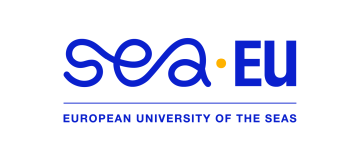Location
Laboratory of Biologically Active Compounds Chemistry, Department of Molecular Biochemistry, Faculty of Chemistry, University of Gdansk, Gdansk, Poland
Capillary electrophoresis (CE) is an electrokinetic separation method that uses a narrow capillary tube filled with an electrolyte buffer to separate charged molecules based on their differential migration in an electric field. CE achieves high-resolution separation of complex mixtures of molecules of different sizes like organic and inorganic ions, amino acids, alkaloids, plant metabolites, hormones, peptides, proteins or DNA/RNAs with high speed, sensitivity, and efficiency, while requiring minute sample volumes and consuming few reagents. The use of a fluorescence detector with excitation at 488 nm enables high-sensitivity analysis of fluorescein-labeled compounds. Excitation at 260 nm, on the other hand, enables the analysis of native/unlabeled compounds containing tryptophan like peptides or proteins.
We have extensive experience in the electrokinetic analysis of low- and high-molecular compounds and its interactions using capillary electrophoresis (CE). We work with both synthetic samples derived from chemical synthesis and samples of biological origin. It is possible to analyze both ionic compounds and electrically neutral molecules (e.g., in the presence of SDS). In terms of size, our interests range from small objects (simple organic and inorganic ions) to large objects such as protein, DNA/RNA or whole viruses.
